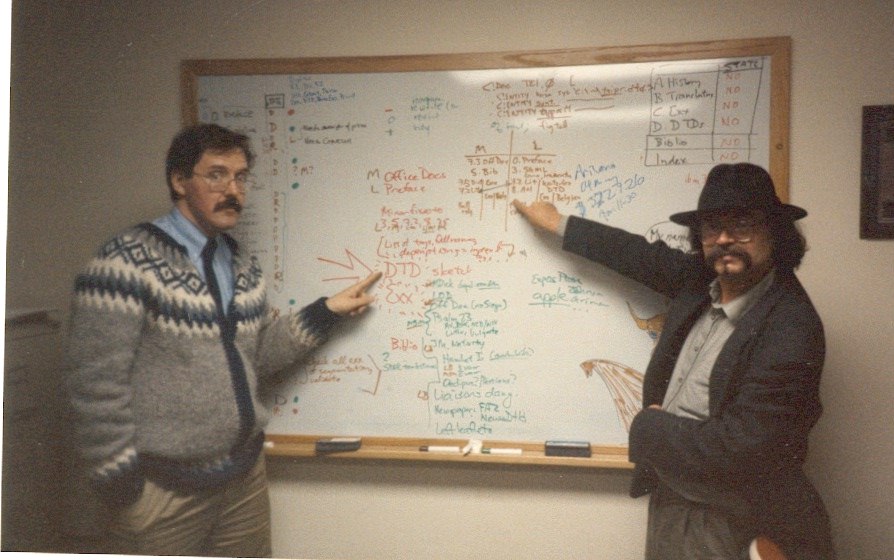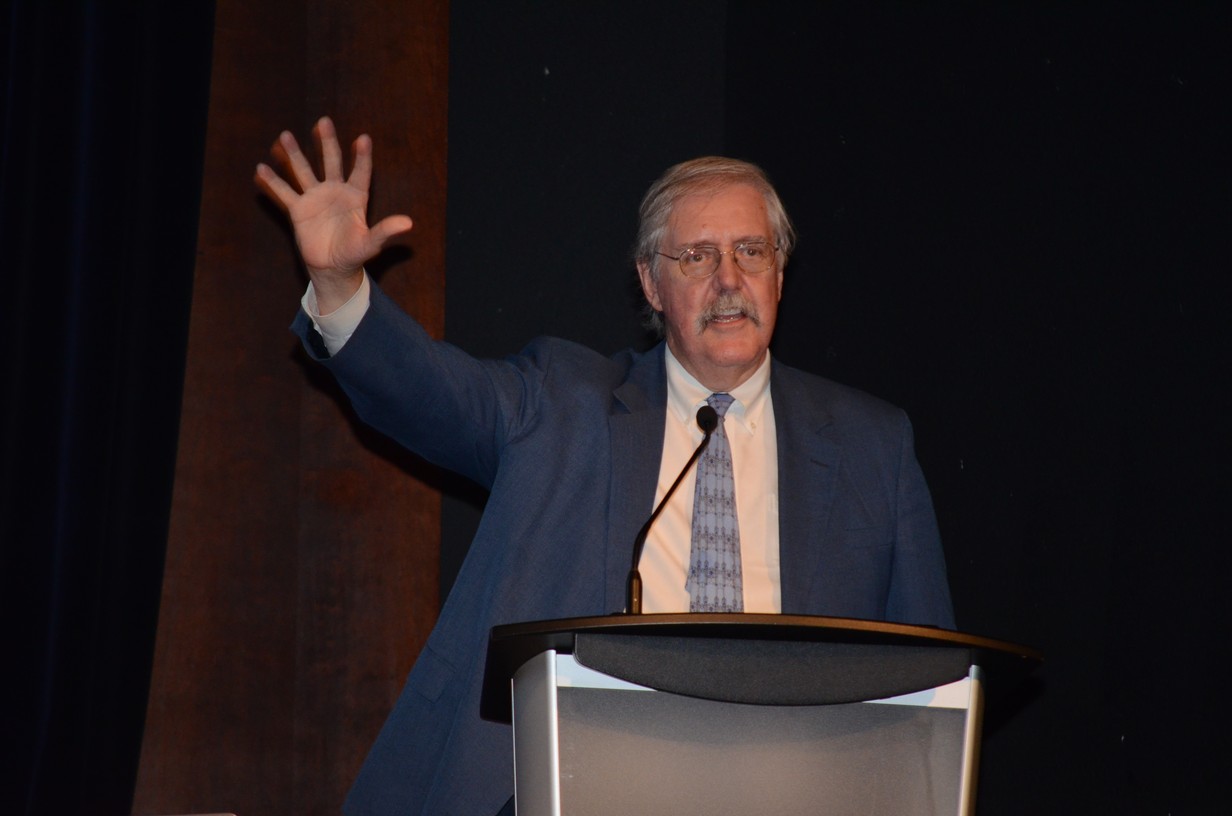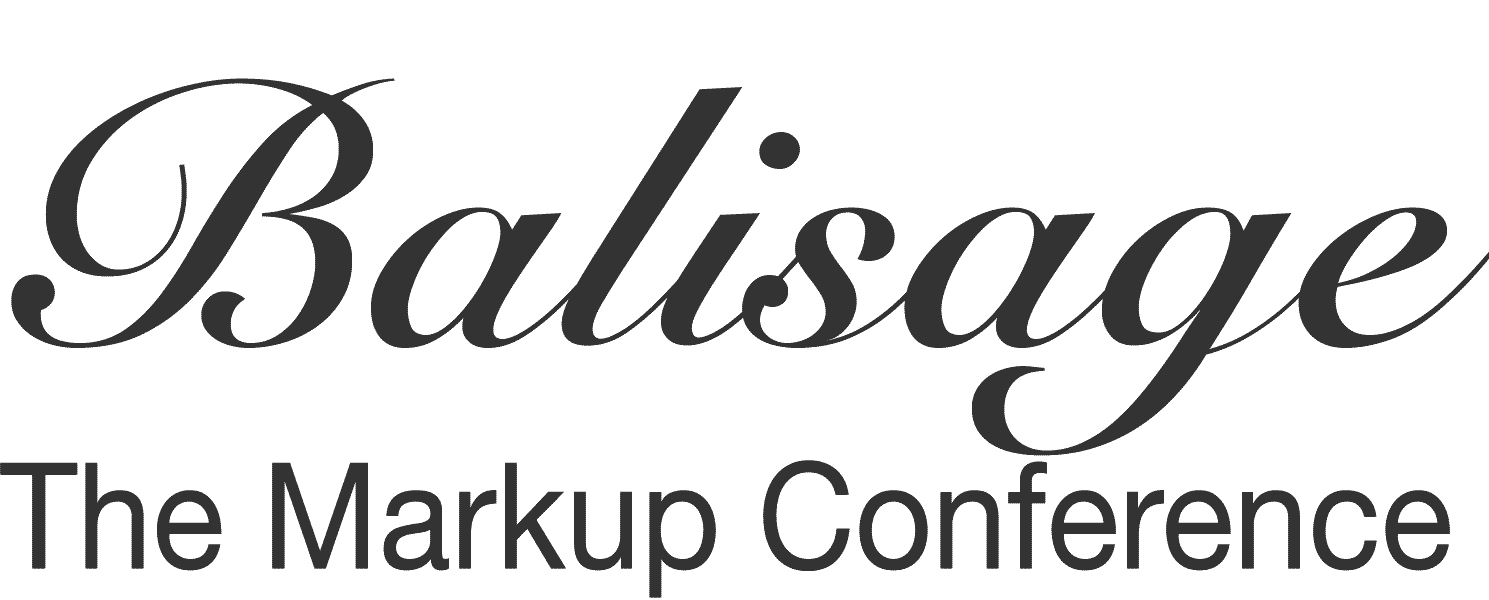from Lou Burnard
I first met Michael in November 1986. I have a distinct memory of him emerging very slowly from a rather small automobile which had been dispatched to collect me and other stranded Europeans from the train station in snowy Poughkeepsie, prior to the foundational Workshop of the TEI. I had communicated with him by email for much of that autumn, but this was our first face to face encounter. Even in those distant days, he was an imposingly tall figure which took a long time to extract itself. Our last meeting was probably at the Montreal conference in 2017 when he, along with Nancy Ide and me, accepted the Zampolli award "on behalf of the TEI community". For the first of the three decades separating those meetings we worked very closely together on the design and construction of the TEI, and its "Guidelines", at Michael's home in Oak Park, Illinois, or mine in North Oxford, at various conferences and at numerous hotels in North America and Europe, some more memorable than others. In those pre-zoom days, we both acquired rockstar level carbon footprints (some wag has suggested that TEI actually meant "Travel Expenses Indefinitely"). As TEI Editors, we spent most of our time trying to distill the expertise of the dozens of academics who contributed to the project into an integrated form expressible in SGML, which was the best modelling tool at our disposal in those days. This was not as easy as it sounds. We also spent a lot of time arguing, as well as drafting, redrafting, and re-redrafting the impeccable prose between the tags. We occasionally lost our tempers or got sulky, and we definitely drank too much whisky, but we always found a consensus we both could live with. I learned a lot, and so, I venture to think, did he; but it was an exhausting experience. After ten years of it, Michael was ready to move on to the comparatively sane task of co-editing the XML standard, answering to a smaller, more technical, and overall better focussed working group. But he always maintained a paternal (though never patriarchal) interest in the TEI, through all of its subsequent technical and organisational vicissitudes, and in the growing community of TEI users worldwide, as other writers here attest. Sebastian Rahtz, another great architect of the TEI also now lost to us, liked to refer to him as the Sage of the Desert, but unlike many such sages Michael was always willing to share his wisdom and to demonstrate its relevance to the coming generations.
I would also like to share just two photos. The first was taken in Michael's office at UIC in May 1990 and shows the two TEI editors hard at work with a real whiteboard. The second was taken at that DH conference in August 2017 and shows a characteristic Michael gesture.


